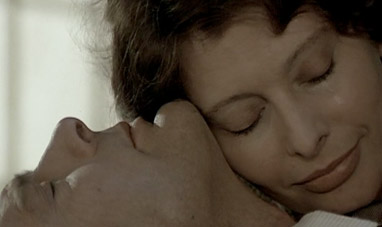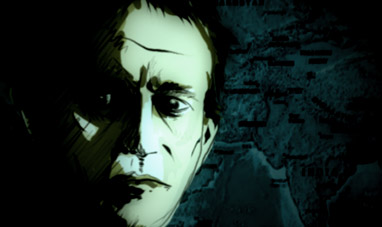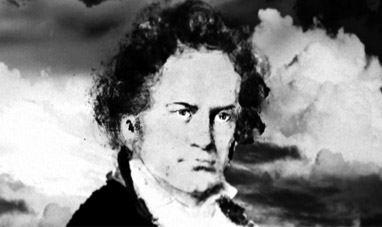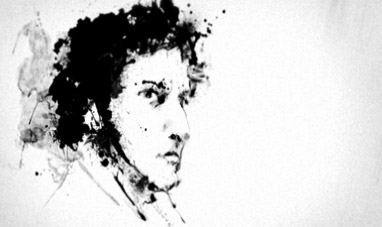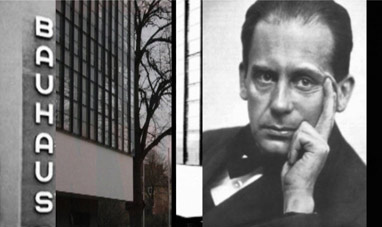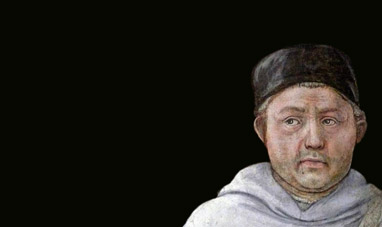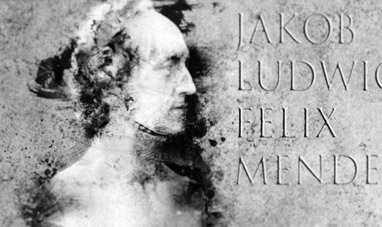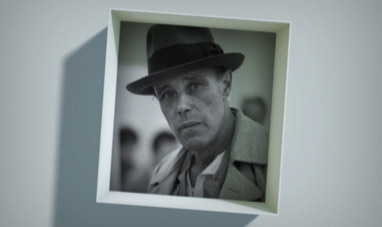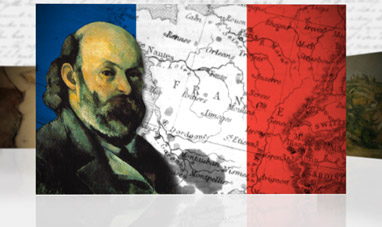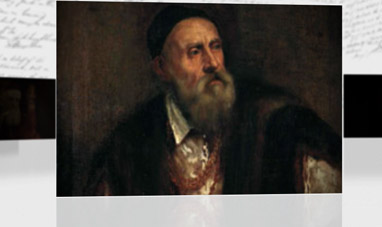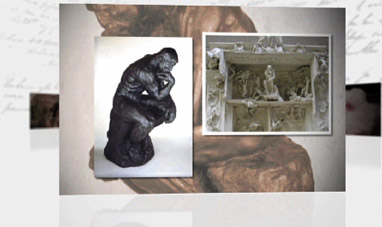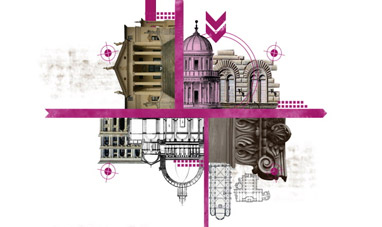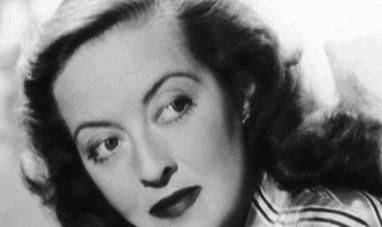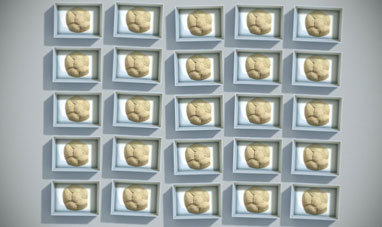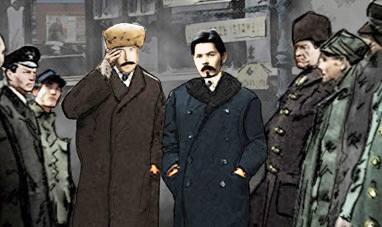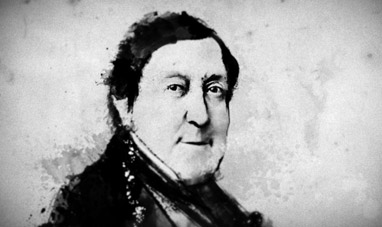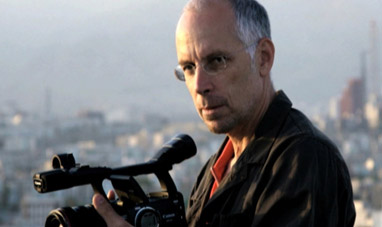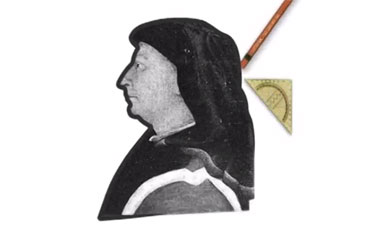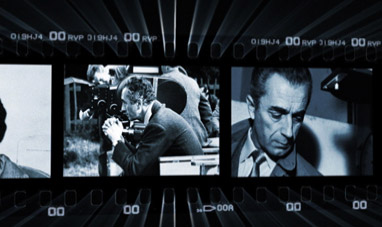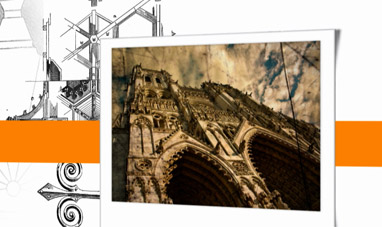Antonio Canova was born on November 1st 1757 in Possagno, a town in the Italian province of Treviso. He came from a long line of stone-cutters, in fact his grandfather Pasino was known as an exceptional craftsman, posessing skills as both an artist and architect. Pasino would be responsible for introducing young Antonio to the art of stonemasonry. In 1768, Canova went to Venice where he attended the Venice Accademia, studying anatomy and drawing nudes. Antonio Canova’s background was in Neoclassicism. In previous years, Neoclassical art was intended to reflect the style of the magnificent papal court, but during Canova’s era there was a movement toward an aesthetic that favored the bourgeoisie.
In Canova’s nude sculptures, we see perfection and harmony of form, a return to the concept of “absolute beauty” best exemplified in classical Greek and Roman art. Antonio Canova was the greatest exponent of Neoclassicism, some have even referred to him as the “king” of the movement. 1776 sees the creation of Canova’s first major sculpture, the statues of “Orpheus and Eurydice” and, two years later, “Daedalus and Icarus”, his first life-size sculpture and one typical of Canova’s subsequent work. In 1779 he made his first trip to Rime where he received his first commissions, including “Cupid and Psyche", which remains his most famous work.These sculptures represent an allegory based on Apuleius’ legend in which Cupid and Psyche, are immortalized in the instant before they kiss. In 1802, Pope Pius VII appointed Canova as the Inspector General of Antiquities and Fine Arts of the State of the Church. He became a fierce critic of the desecration of Italian art in territories occupied by the French in the Napoleonic era.
For this reason, Canova refused to sculpt Napoleon, despite numerous requests. Only after some of the artwork stolen from italy is returned will Canova create such statues as “Napoleon as Mars The Peacemaker” and the “Paolina Borghese Bonaparte”. Canova then retired to Possagno, and it was in this pastoral setting that he began to concentrate on painting. On July 11th 1818, Canova laid the first stone of “The Temple”, a building destined to immortalize the memory of his art and one he planned to donate to the local community of his parish church. The building was completed 10 years after his death. Canova returned once again to Possagno in 1822, where he was diagnosed with a serious bowel disease. He died the same year in Venice at the age of 65. Antonio Canova’s heart is preserved in the Church of Santa Maria Gloriosa dei Frari in Venice, while his body was returned to Possagno and prserved in “the Temple” as he had always intended.
In Canova’s nude sculptures, we see perfection and harmony of form, a return to the concept of “absolute beauty” best exemplified in classical Greek and Roman art. Antonio Canova was the greatest exponent of Neoclassicism, some have even referred to him as the “king” of the movement. 1776 sees the creation of Canova’s first major sculpture, the statues of “Orpheus and Eurydice” and, two years later, “Daedalus and Icarus”, his first life-size sculpture and one typical of Canova’s subsequent work. In 1779 he made his first trip to Rime where he received his first commissions, including “Cupid and Psyche", which remains his most famous work.These sculptures represent an allegory based on Apuleius’ legend in which Cupid and Psyche, are immortalized in the instant before they kiss. In 1802, Pope Pius VII appointed Canova as the Inspector General of Antiquities and Fine Arts of the State of the Church. He became a fierce critic of the desecration of Italian art in territories occupied by the French in the Napoleonic era.
For this reason, Canova refused to sculpt Napoleon, despite numerous requests. Only after some of the artwork stolen from italy is returned will Canova create such statues as “Napoleon as Mars The Peacemaker” and the “Paolina Borghese Bonaparte”. Canova then retired to Possagno, and it was in this pastoral setting that he began to concentrate on painting. On July 11th 1818, Canova laid the first stone of “The Temple”, a building destined to immortalize the memory of his art and one he planned to donate to the local community of his parish church. The building was completed 10 years after his death. Canova returned once again to Possagno in 1822, where he was diagnosed with a serious bowel disease. He died the same year in Venice at the age of 65. Antonio Canova’s heart is preserved in the Church of Santa Maria Gloriosa dei Frari in Venice, while his body was returned to Possagno and prserved in “the Temple” as he had always intended.




